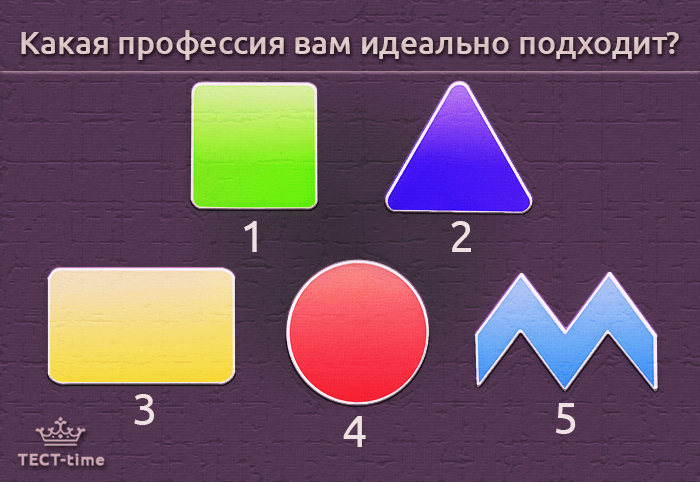Revolutionizing Drying Processes: IPA Vapor Dryer Explained
The process of drying small, sensitive items and substrates like silicon, solar cells, fuel cells, disc drives, and wafers has posed serious challenges, but the Marangoni Dryer offers solutions. This environmentally friendly and highly efficient machine takes advantage of the differences in surface tension between deionized water and IPA, or isopropyl alcohol vapor, to generate a gradient for the fast, effective drying of these sensitive substrates.
How It Works
Also known as the IPA Vapor Dryer, the Marangoni Dryer provides effective, streak-free drying of components. Unlike other drying methods, IPA drying can remove water down to a molecular level.
The IPA used in Marangoni Dryers has a very low surface tension rating, which allows it to permeate surface cracks, lines, and deep trenches, where it absorbs the water even in places where other systems wouldn’t be able to reach it. From there, the water-enriched IPA is drawn to the surface of the substrate, then sheds off of it as a result of the specific gravity differential mentioned above. Finally, a continued vapor condensation process is performed to complete the rinsing.
The Process Sequence
With the basics of operation described above in mind, let’s take a look at the actual process sequence associated with the Marangoni Dryer.
1. Tank Fill
The substrate is first introduced into the tank, which is then filled with deionized water maintained at an ambient temperature. This step takes only around 30 seconds.
2. Cascade Water Overflow
In some cases, the substrates are cleaned with diluted chemicals. They are then rinsed in the tank to remove impurities and rinsed further as the water flows into the overflow tank. This step varies in time depending on how much rinsing is required.
3. IPA Flow
Next, the liquid IPA must be vaporized using heated N2. The vapor is then introduced onto the water’s surface through nozzles that sit directly above it. This step takes around 60 seconds.
4. Slow Drain
As the water is drained from the tank through an outlet near the bottom, it creates a stable, downward-moving meniscus independent of surface contact angle or substrate pattern. The IPA assists in drying the substrate thanks to the creation of a surface tension gradient effect, lowering the surface tension at the tip of the meniscus. This pulls the water away from the substrate as it drains. This essential step in the processing sequence can take anywhere from 120 to 300 seconds.
5. Heated Gas Flow
Finally, heated N2 gas is introduced into the tank to remove any remaining water. The gas also removes the IPA film on the substrate’s surface.
Benefits of This System
The Marangoni Dryer offers much more comprehensive water removal than other systems, yielding substrates that are completely watermark-free. The process is easy to control using the flexible and intuitive software, and many different materials can be processed in the same dryer. IPA Vapor Dryers are well known for their robust, reliable, and proven performance, with most drying cycles completed in under 15 minutes.
Learn More Today
Interested in incorporating the Marangoni Dryer into a substrate cleaning process? The next step is to reach out to a vendor who can help with selecting chamber sizes and otherwise engineering the best possible machine to suit the application. Working directly with machinery manufacturers is the best way to ensure a positive experience that ends in the procurement of a Marangoni Dryer that perfectly meets the company’s needs.




